When we think of wind power as an energy source, we probably think of giant, ugly turbines wreaking havoc on the landscape. But a village in Iran reveals how our ancestors made turbines out of wood and clay, not steel and concrete; With such intelligence, they are still being used today – several thousand years later.
The name of the small town in northeastern Iran is Nashtifan, which means “fierce storm”, due to the ferocity of the winds blowing from the north all year round. Located on a windy plain about 40 km from the Afghan border, Nashtifan is famous for its ancient windmills, the oldest in the world.
Immersed in the semi-desert landscape, built on a high hill, an army of 40 windmills about 20 meters high serve two purposes: to act as a buffer zone, protecting the village from the currents violent air and grind the grain into flour. Locals call the technique of using wind to power mills “asbad”. In a stroke of genius, Iranian architects positioned and designed windmills so that they “caught” air into the openings, causing the blades to rotate, thereby providing power to the windmills. A vertical shaft rotates the mill, crushing the grain.
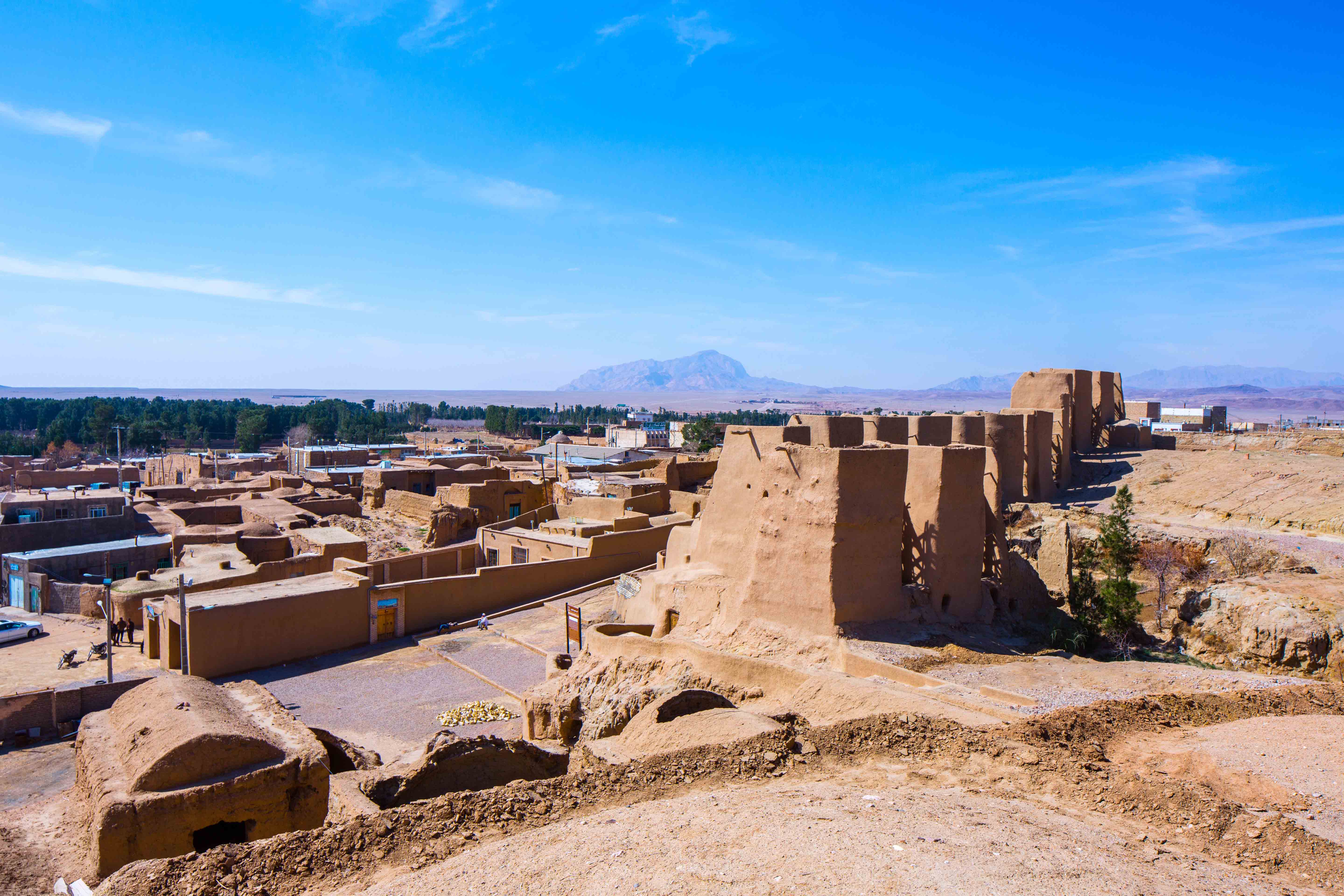
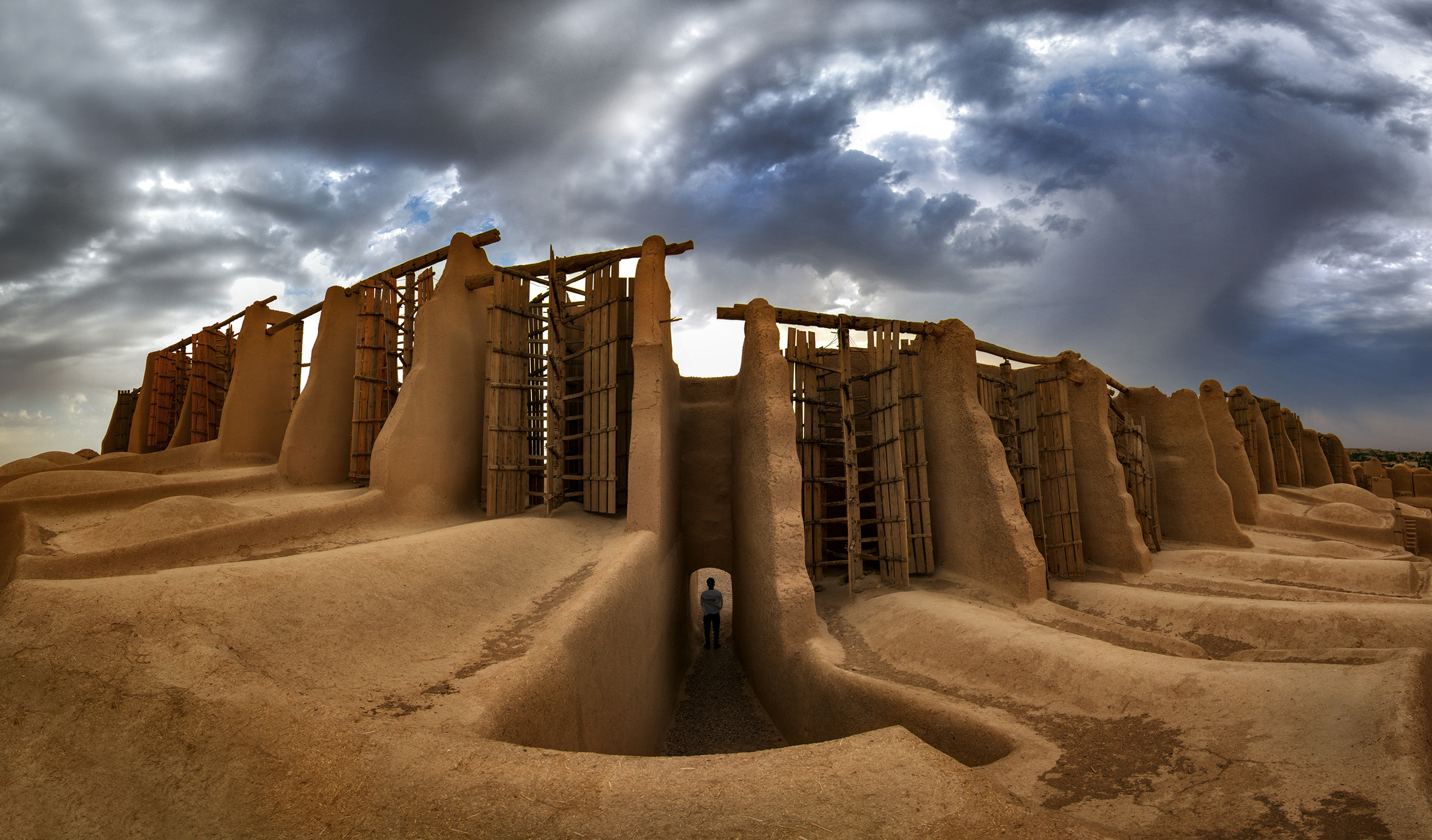
Every year from late May to late September, extreme wind gusts increase even more. According to UNESCO, it is known as the “120-day wind or black wind,” and speeds sometimes reach 60 miles (100 kilometers) per hour. Such persistent conditions, combined with water shortages in the area, gave engineers of the time the idea of optimizing its power. Everything is built with natural materials. In addition to wood, clay and straw, they also used locally grown palm leaves to make the blades, which were tightly woven together and attached to the central shaft.
One man has dedicated his life to taking care of these unique structures. Supervisor Ali Mohammad Etebari has spent years doing daily inspections and maintenance. Speaking in an interview with the International Wood Culture Association in 2017, Etebari said: “We put wheat in the mill, we get flour… we make nan bread, we eat and reward wake it”.
“I am a driver and I have also taken care of it for the past 28 years.”


The older man explained that, historically, several members of the same family would look after a single workshop; but now he alone acted as caretaker of all the mills. The almost perfect preservation of the windmills is due to the local arid climate.
“Here, there is no humidity,” he said. It’s very dry, so they last a long time.”
Etebari says the wheat produced through this truly artisanal process is “very different.” “It’s delicious, very healthy and good for the stomach. This wheat is perfect; The wheat you get outside, it’s not like that.”
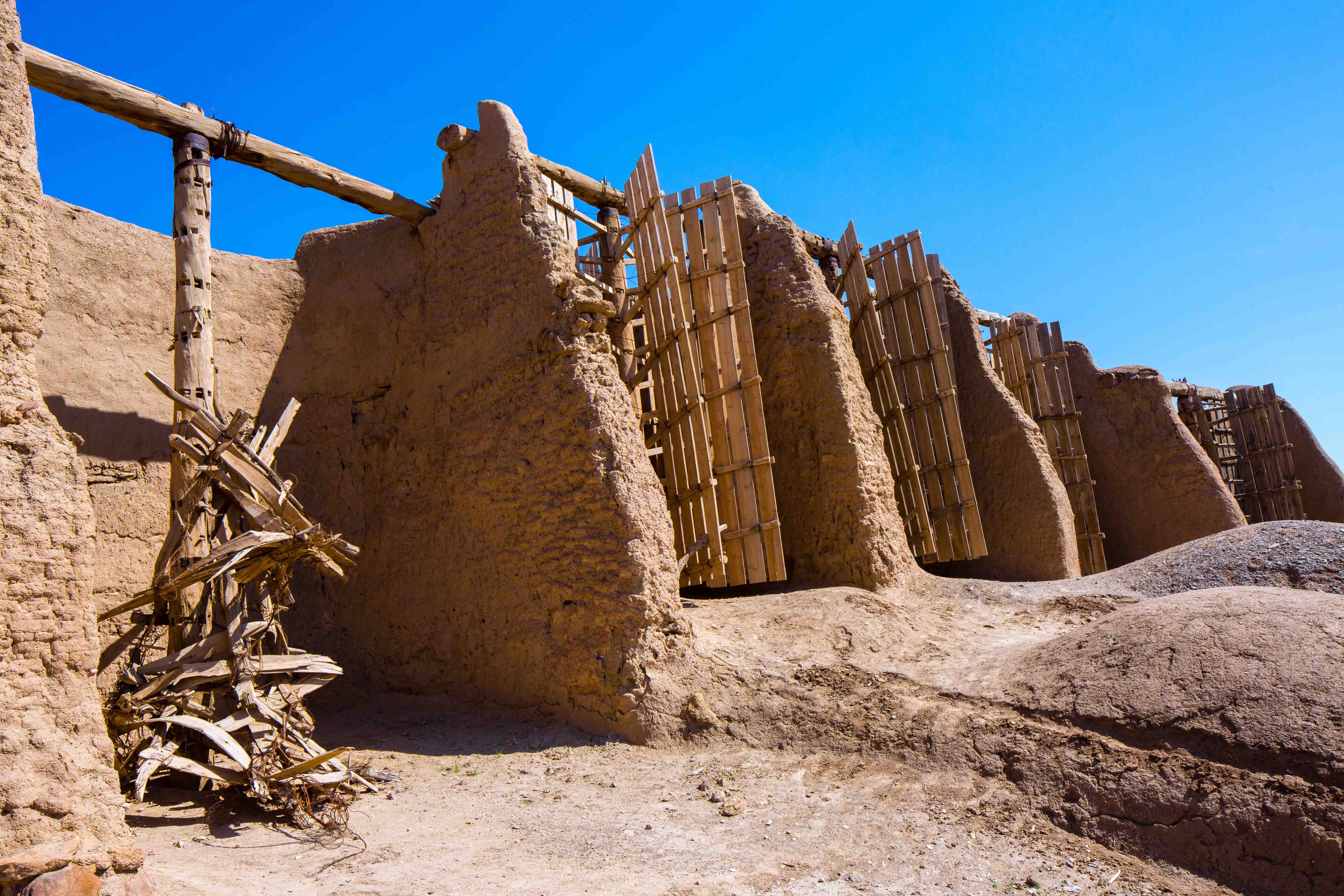
Etebari went on to explain the craftsmanship of windmills.
“They are working without electricity, without diesel, benzine [fuel] or anything else. Only thanks to the wind – and for the wind we don’t have to pay anything.”
In his wisdom, it was important that the tree trunk used for the vertical shaft and other parts had its bark intact, otherwise the wood would crack.
“I am their caretaker,” Etebari said with some pride. If I don’t take care of it, the children will come and destroy it. The children came to cause trouble and throw stones.”

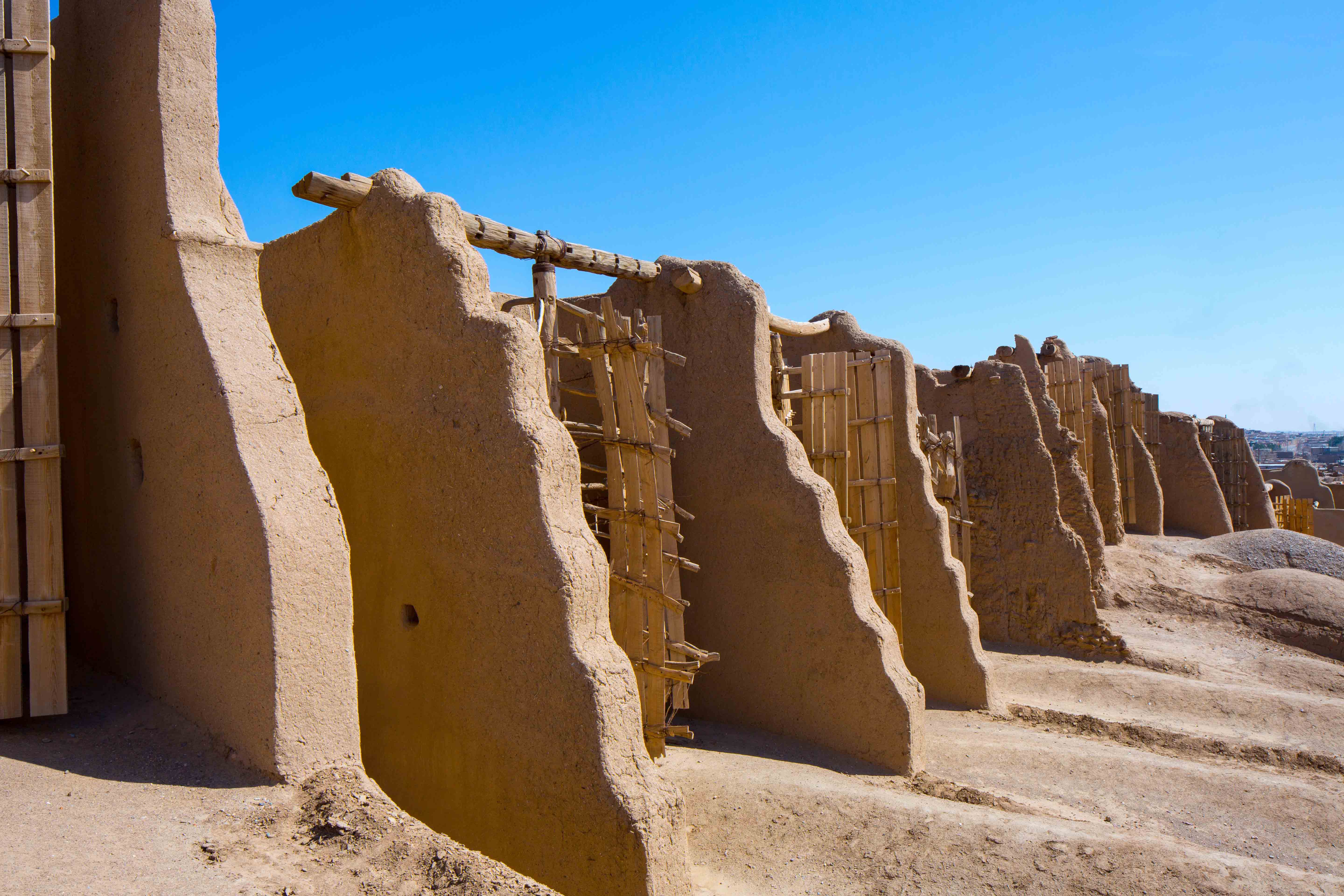
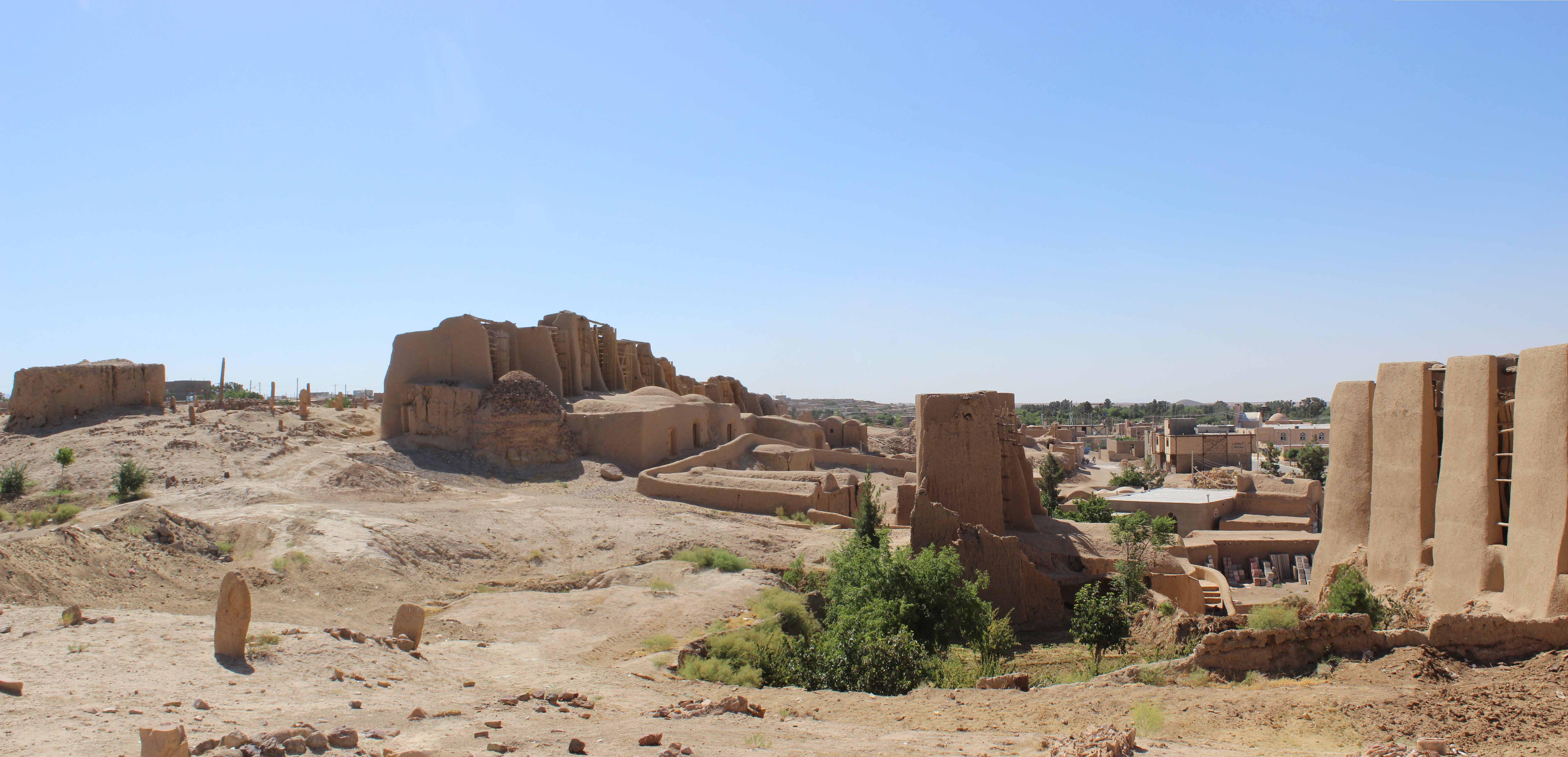
Mr. Etabari’s last words sounded a bit sad. “I’m the only one taking care of this,” he said, climbing up to check the nearest windmill, in a crouching position.
Knowing how the older man put his heart and soul into maintaining one of Nashtifan’s vital food sources, and the incredible nature of this ancient technique, some may feel It was heartening to learn that several official agencies, including the Iranian Heritage Foundation, were already conducting restoration efforts in the area. Considered one of the first examples of wind energy technology on the planet, the Nashtifan windmill is also being considered for nomination as a UNESCO World Heritage Site.
Historically known as Persia, Iran’s use of windmills is believed to date back some 5,000 years, its design later spreading throughout the world.




